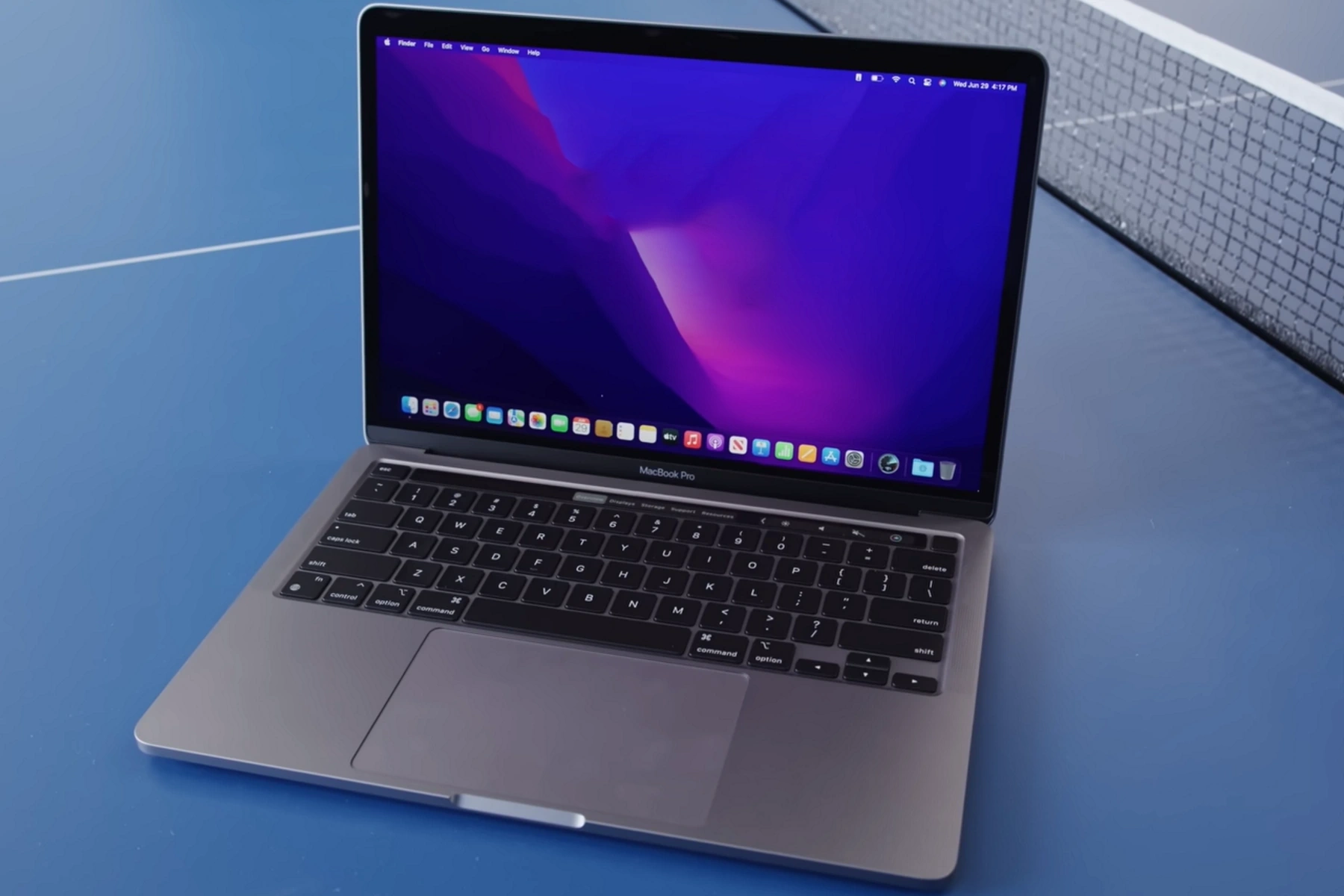MacBook M2 Pro and MacBook M2 Max are advanced and powerful devices designed to offer seamless performance. However, users may sometimes face connectivity issues, such as not being able to connect to Wi-Fi.
In this guide, we’ll walk you through how to fix MacBook M2 Pro and M2 Max Wi-Fi issue and provide effective solutions to ensure a stable Wi-Fi connection.
See Also: How to Fix MacBook M2 Pro and M2 Max Battery Drain Issue
Tips to Fix MacBook M2 Pro and M2 Max Wi-Fi Issue
1. Check Your Wi-Fi Connection
Before troubleshooting your MacBook M2 Pro or M2 Max, make sure your Wi-Fi network is functioning properly.
- Check if other devices can connect to the Wi-Fi network.
- Restart your Wi-Fi router by unplugging it for 30 seconds, then plugging it back in.
- Ensure your router is running the latest firmware version.
2. Verify Wi-Fi is Enabled on Your MacBook
- Click on the Wi-Fi icon in the menu bar.
- If Wi-Fi is off, click Turn Wi-Fi On.
3. Disable Apple Wireless Direct Link (AWDL)
Disabling AWDL may enhance Wi-Fi speeds and connectivity. Perform the following steps and see if that resolves the issue.
- Press Command + Space to open Spotlight.
- Type Terminal and press Enter to open it.
- Type the following command in the terminal to disable AWDL:
sudo ifconfig awdl0 down - Press Enter and provide your admin password when prompted.
Note: Disabling AWDL will cause some functions like AirDrop to stop working. You can re-enable AWDL using this command: sudo ifconfig awdl0 up.
4. Forget and Reconnect to the Wi-Fi Network
To forget current network that you’re using, follow these steps:
- Click on the Wi-Fi icon in the menu bar, then select Wi-Fi settings.
- Click Details next to the network you’re using and select Forget This Network, then click Remove to confirm.
- Click on the Wi-Fi icon in the menu bar again, then select your Wi-Fi network.
- Enter your Wi-Fi password and click Join to reconnect to Wi-Fi.
To forget a network you aren’t currently using:
- Click on the Wi-Fi icon in the menu bar, then select Wi-Fi settings.
- Scroll down and click Advanced.
- Click the 3 dots icon (…) next to the network, choose Remove From List.
- Ensure Auto-Join is enabled.
5. Reset Your Network Settings
Resetting network settings can help resolve Wi-Fi connectivity issues.
- Open System Settings and click on Network.
- Select Wi-Fi option on the right.
- Click Details, change the settings as needed, then click OK.
- Click Apply to save the changes.
6. Run Wireless Diagnostics
MacOS includes a Wireless Diagnostics tool to help identify Wi-Fi issues.
- Press Command + Space to open Spotlight.
- Type Wireless Diagnostics to open it.
- Follow the on-screen instructions to complete the diagnostic process.
7. Renew the DHCP Lease
Renewing the DHCP lease can help establish a new IP address for your MacBook Pro M2.
- Open System Settings and click on Network.
- Click the Wi-Fi network you are having issue with that needs IP address renewal, then click Details.
- Go to the TCP/IP tab and click Renew DHCP Lease.
- Click OK and then Apply to save the changes.
8. Configure DNS Settings Manually
Manually configuring DNS settings can help improve Wi-Fi connectivity.
- Open System Settings and click on Network.
- Click the Wi-Fi network you are having issue with, then click Details.
- Go to the DNS tab and click the ‘+‘ button to add a new DNS server.
- Enter a public DNS server address, such as Google’s DNS (8.8.8.8 or 8.8.4.4) or Cloudflare’s DNS (1.1.1.1 or 1.0.0.1).
- Click OK and then Apply to save the changes.
9. Disable VPN or Proxy
If you’re using a VPN or proxy service, try disabling it temporarily to see if it resolves the Wi-Fi connectivity issue.
- Open System Settings and click on Network.
- Select your VPN or proxy service and toggle it off.
10. Reset SMC (System Management Controller)
Resetting the SMC can resolve various hardware and power-related issues that may affect Wi-Fi connectivity.
- Shut down your MacBook.
- Press and hold the Shift + Control + Option + Power buttons simultaneously for 10 seconds.
- Release all the keys and press the Power button to turn on your MacBook.
11. Reset NVRAM (Non-Volatile Random-Access Memory)
Resetting NVRAM can fix issues related to display resolution, startup disk selection, and Wi-Fi connectivity.
- Shut down your MacBook.
- Press the Power button and immediately press and hold the Option + Command + P + R keys.
- Keep holding the keys for 20 seconds or until your MacBook restarts.
- Release the keys.
12. Check for Hardware Issues
If none of the above steps have resolved the Wi-Fi connectivity issue, there might be a hardware problem with your MacBook M2 Pro or M2 Max. Contact Apple Support or visit an authorized Apple service center for further assistance.

